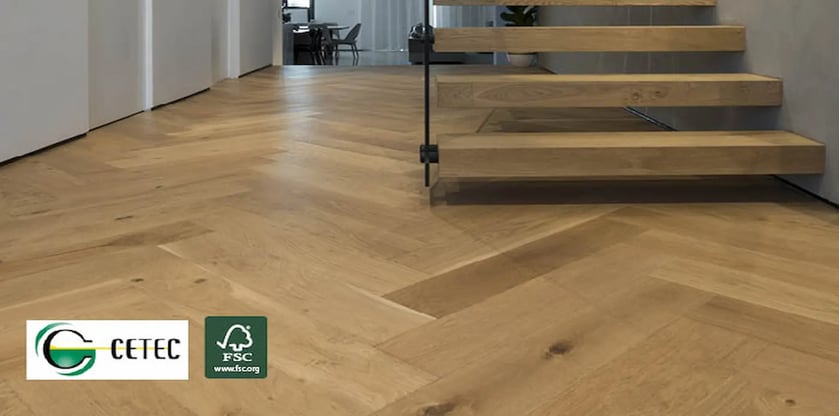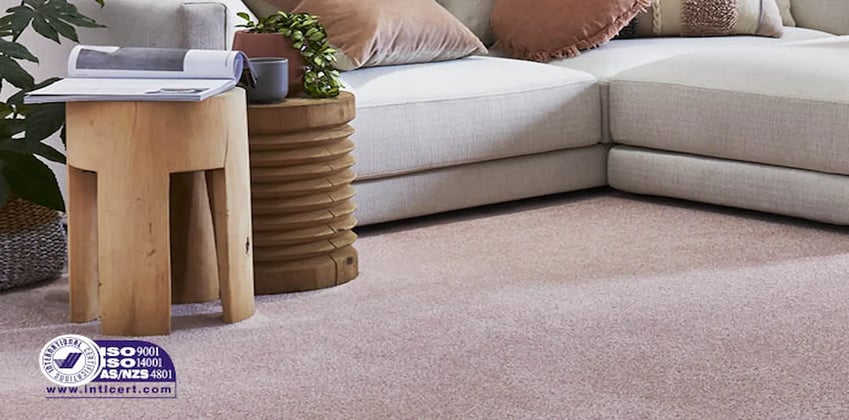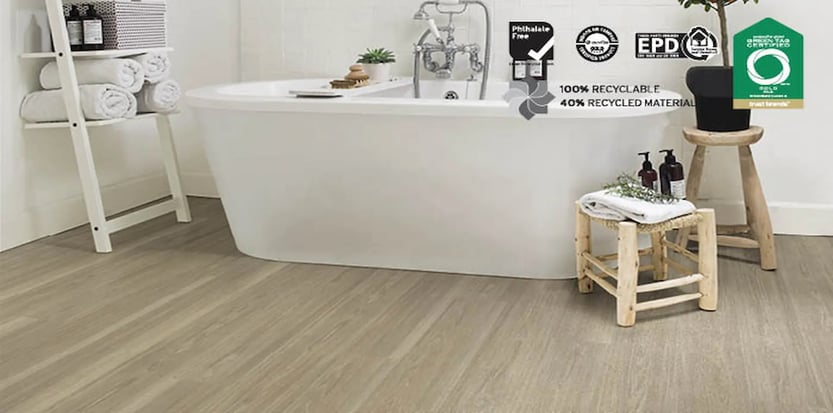Sustainability - Supply Chain
Updated:
Published:
If you’re thinking of renovating or building these days, it’s hard not to consider the impact of your choice, and how it affects the environment around you, and inside your home. When we think about sustainability, it’s pretty easy to jump to the ‘What is it made from’ question, and yet, that’s only part of the story.

When wanting to make sure your new floor is as sustainable as possible, it’s logical to start at the beginning of its life, in the supply chain.
If you’re after a timber floor, engineered timber may make for a more sustainable option, as the ornamental timber veneers are backed by a more sustainable plantation timber. Not only does this make more durable, but it means that the harder to produce timbers facing are used in a lower quantity.
Look for the FSC (an internationally recognised accreditation to prevent logging of high conservation value forests around the world), or AFS (Australian Forestry Standard), symbols to make sure the timber going into your flooring is coming from sustainable sources.

If you’re after carpets, you really can’t go past wool from a sustainability point of view. It’s produced from grass, and the New Zealand sheep that product wool for our Godfrey Hirst carpets are shorn every 9-12 months, essentially a renewable material source.
But that doesn’t mean it has to be a wool carpet to be sustainable. Synthetic carpets have come a long way, and the newest kid on the block is Triextra, a replacement product for the petroleum that goes into a nylon carpet, made from Corn! Locally produced, and woven in some of Australia’s oldest Mills in Victoria, a Trixtra carpet will allow you to have a sustainable alternative to Wool in your home. (And it’s vegan too).
If you’re after the durability of a nylon carpet, pick one that’s been made from recycled materials. The great thing is that at its end of life, it’s recyclable too.

The same applies to synthetic hard flooring. While back in the day Vinyls and laminates may have come from single use supply chains, nowadays the vinyls and hybrids can be produced from floor recovery and recycling programs, with up to 30% recycled content, which means a third less impact than their parent technology. And it’s now possible to choose a polyester carpet that’s been made from recycled PET bottles.
If Vinyl suits your needs for a growing family home, look for signatories to the Vinyl Council of Australia’s Product Stewardship program. There are a number of commitments to enquire that the production process (through to end of life), is reviewed to minimise environmental and safety issues within the vinyl industry.

If you’re looking for a good choice in sustainable floors from the start, pick a sustainably sourced natural product, if it’s the right choice for your home. And if not, look for recycled synthetic flooring, or triexta fibres.
Choosing a locally made variant, regardless of the covering, will ensure that the supply chain cost of getting your floor from the raw materials, through the factory, and into your home, is as efficient as possible. And picking a company with control of their entire supply chain, means that there aren’t any grey areas in the production of their coverings.
